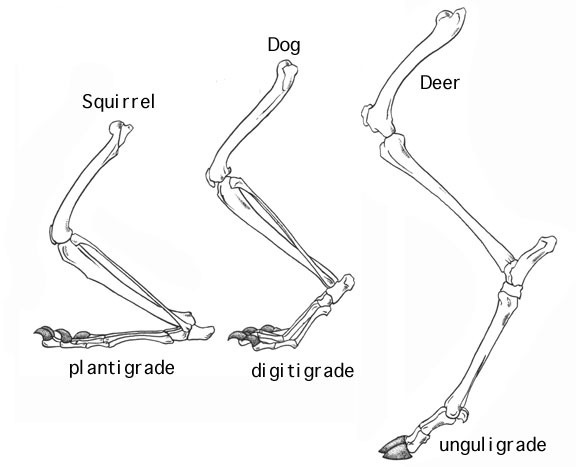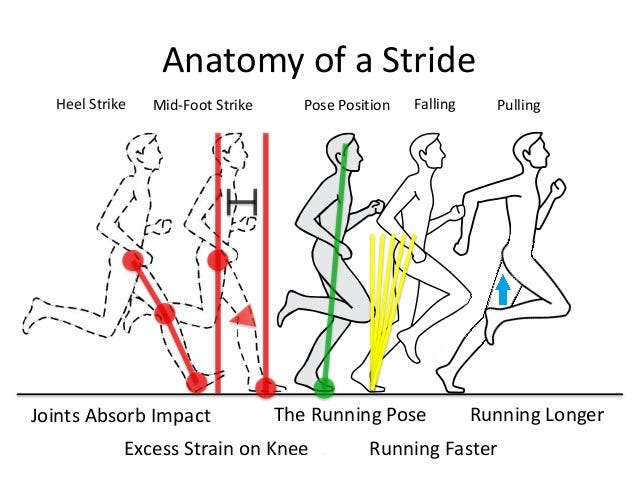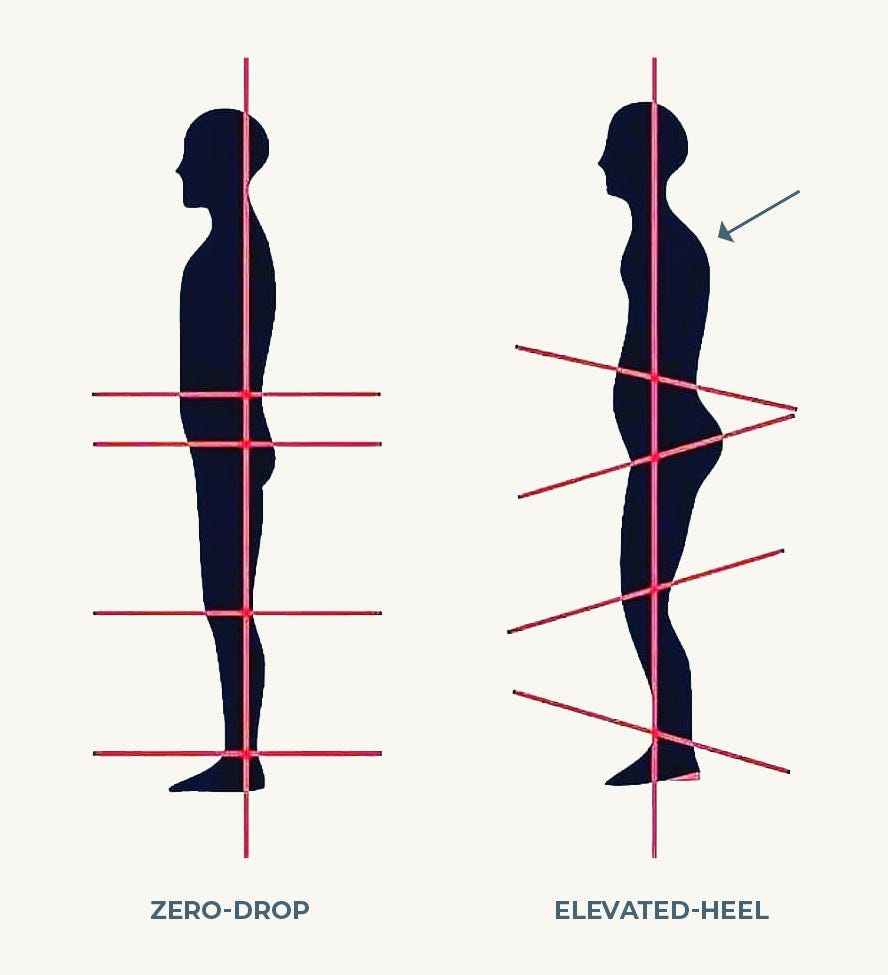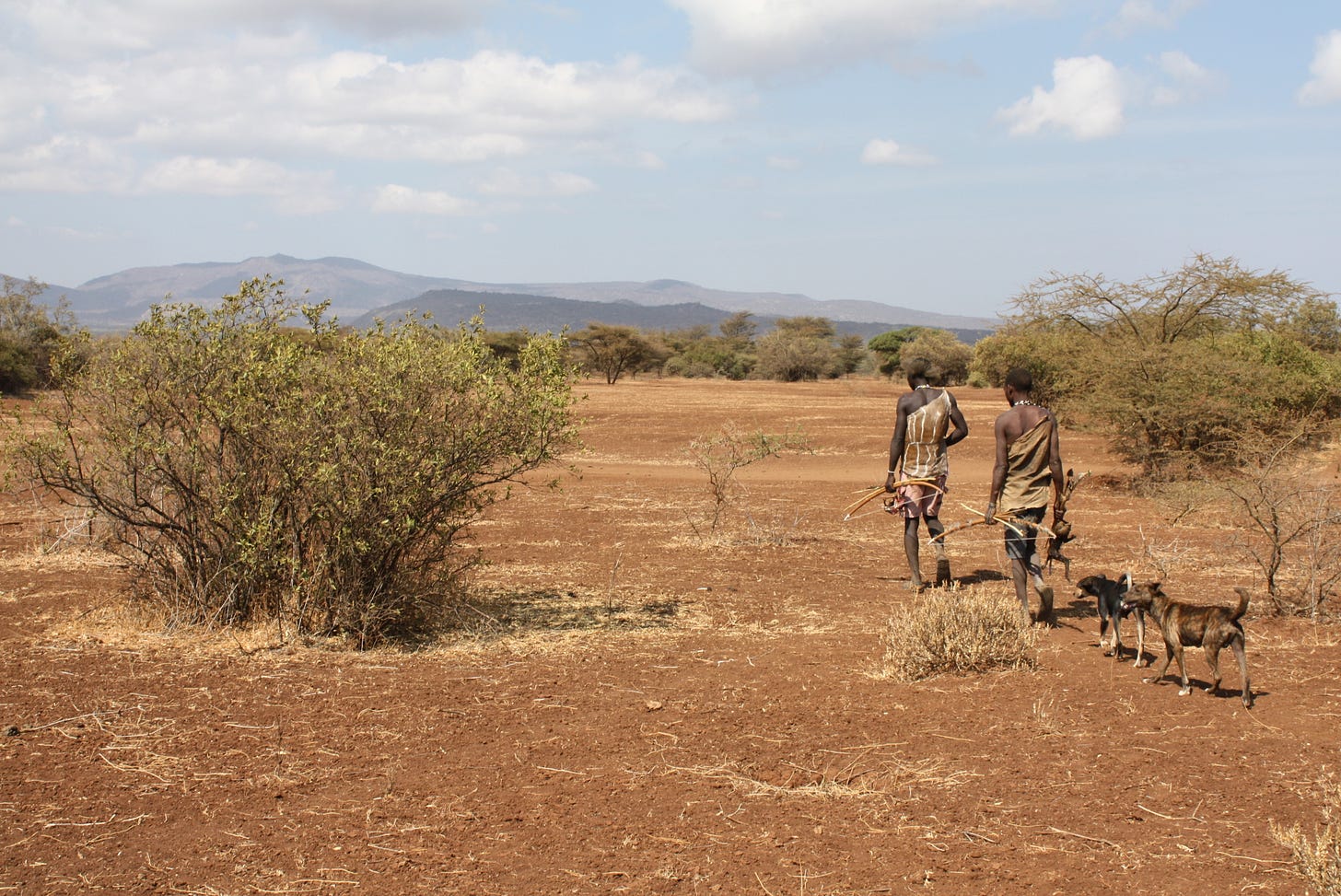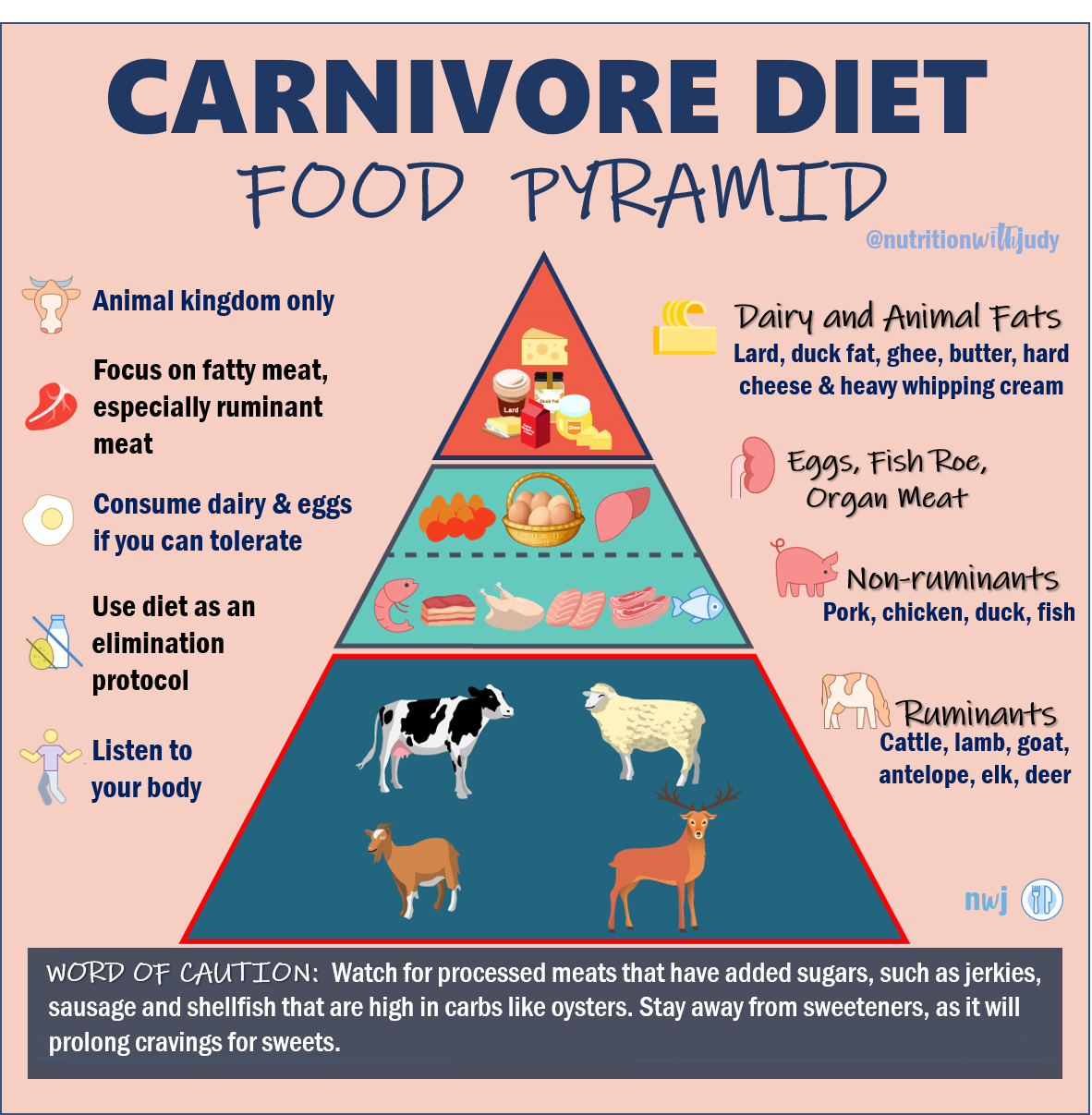Key Questions
Heel strike vs forefoot strike?
How do barefoot populations move around?
Concrete vs trail running?
Are we omnivores?
How did our ancestors eat?
Topics Covered
Walking & Running
Modern Hard Surfaces
Extra: Facultative Carnivores
Sapien Fitness Series
Walking & Running
“These observations suggest that plantigrade foot posture improves the economy of walking. Relative to other mammals, humans are economical walkers, but not economical runners. Given the great distances hunter-gatherers travel, it is not surprising that humans retained a foot posture, inherited from our more arboreal great ape ancestors, that facilitates economical walking.”
“The influence of foot posture on the cost of transport in humans”
So basically heel striking is way more efficient for walking. However, there is a place for forefoot striking.
“Humans are very good at running long distances. We are physiologically and anatomically specialized for running long distances. But the anatomy of our feet is not consistent with economical running. Think of all the animals that are the best runners – gazelles, deer, horses, dogs – they all run on the ball of their feet or the tips of their toes.”
“The Cost of Being on Your Toes“ (University of Utah)
Nature tells us that running is most efficient on the balls or tips of your feet. Forefoot striking seems to be the best option when running.
“how to make sense of diverse arguments about minimal shoes, cushioning, and strike type? First, the restricted variation in strike type among habitually shod runners today may be a recent phenomenon, and it would be useful to test if runners adopt more variation when running on trails rather than on pavement or treadmills. In addition, although rearfoot and forefoot striking are both normal, everything involves trade-offs. RFS (rear foot strike) landings have the potential advantages of being comfortable in shoes or on soft surfaces, they require less calf and foot muscle strength, and they lessen external moments acting around the ankle [39]. Their potential disadvantages are that they cause impact peaks whose rate and magnitude are hypothesized by some researchers to be related to some repetitive stress injuries, they increase external moments around the knee, and certain kinematic patterns associated with (but not exclusive to) RFS gaits, such as overstriding and extended knees at landing, are implicated in some repetitive stress injuries [40]. More research is needed to evaluate the costs and benefits of different strike types, but one hypothesis that also needs to be explored is that running with more kinematic variation, as perhaps occurs during trail running, is more natural and may also be beneficial.”
“Variation in Foot Strike Patterns among Habitually Barefoot and Shod Runners in Kenya“
Heel striking and variations in foot strike seem to be natural to an extent, but this may only be beneficial on natural surfaces like in trail running.
Modern Hard Surfaces
Nowadays the surfaces we live on are a lot harder than what we encounter out in nature. From concrete sidewalks to indoor flooring we expose our feet to much harder surfaces in our modern society. Walking and running on concrete provides no cushioning, whereas we are naturally evolved to tread more responsive dirt surfaces.
If you are thinking of transitioning to more barefoot style movement it is a good idea to gradually transition to prevent injury, especially if you are older. Also, if you are always on concrete then having some cushioning is likely the better option.
“Foot bone marrow edema after a 10-wk transition to minimalist running shoes”
I think one thing to keep in mind is the drop of shoes. This can be advantageous during running as it puts you in a forward posture. However, this is not advantageous for walking or standing where it can put you in an unnatural posture.
Extra: Facultative Carnivores
This section of the post spills over into related topics in the upcoming weeks, but I thought the anthropological/biological relation tied in neatly.
“Digestive Systems - Herbivores, Omnivores, and Carnivores” (LibreTexts Biology)
“…the Latin term omnivore literally means “eater of everything”, omnivores cannot really eat everything that other animals eat. They can only eat things that are moderately easy to acquire while being moderately nutritious. For example, most omnivores cannot live by grazing…”
Hunter-Gatherer history
One interesting area to look at is the evolution of dogs alongside our hunter gatherer era. They were heavily integrated into our ancient societies and as a result shared the same foods as us. Dogs are in fact facultative carnivores, meaning that they are primarily carnivores that can additionally eat plant matter to satisfy their nutritional needs.
“Facultative carnivores are those that also eat non-animal food in addition to animal food. Note that there is no clear line that differentiates facultative carnivores from omnivores; dogs would be considered facultative carnivores.“ (LibreTexts Biology)
Preceding the agricultural revolution we mostly hunted animals with spears in large groups. Cultivated crop strains enabled farms to produce food yields beyond the natural amount, where before we could only forage here and there.
Another interesting thing to note is that anti-nutrients have been found to exist in plant foods. Plants do not have many mechanisms to defend themselves like animals so they employ chemical warfare, in the form of substances naturally occurring in their bodies.
“Are Anti-Nutrients Harmful?“ (Harvard School of Public Health)
Now “anti-nutrients” or phyto-chemicals are not all bad as it includes chemicals like terpenoids, tannins, polyphenols, and more. These have proven themselves to be anti-inflammatory, but we must still pay attention to each chemical case by case. For example, high oxalate consumption is known to contribute to kidney stones.
“Carnivore” Diet
Paul Saladino is the originator of the carnivore diet and I think there is some real merit to this idea. The simple facts are that the speed of plant cultivation outpaces dietary evolution. We see this in the agrarian malnutrition mentioned in part 1 of this series.
Now some people say that red meat causes cancer, but these findings below may suggest otherwise. It may just be about the cooking method and quality of the meat we consume. In fact, these reasons below may be the culprit behind the recent rise in colon cancer, even among young people.
“Nitrosamines in food raise a health concern“ (European Food Safety Authority)
Nitrosamines (carcinogen) have been found in cured meat products, processed fish, cocoa, beer and other alcoholic beverages.
“Chemicals in Meat Cooked at High Temperatures and Cancer Risk“ (National Cancer Institute)
Charcoal cooking/other high temperature cooking has been shown to form carcinogens: heterocyclic amines and polycyclic aromatic hydrocarbons (PAHs)
“What Does Science REALLY Say About Vegetable Oils and Cancer?” (UC Davis)
Also, avoid industrialized seed oils (canola, other vegetable oils), the heat extraction process produces carcinogens: aldehydes, PAHs, and more.
The main concern here seems to be about oxidation of oil. This is ideally avoided as much as possible. Oxidation can occur when oils are left exposed to air (oxygen) for extremely long periods of time (lack of airtight seal), kept heated for a decent amount of time (deep frying equipment) or heated over their smoke point and start to burn.
As you can see avocado oil and beef fat have the highest smoking points. Some refined oils have high smoking points, but of course the refining process may produce carcinogens. Other unrefined oils may have lower smoking points and they can be treated accordingly. For example, I do not sear or fry anything with my EVOO (extra virgin olive oil), I simply eat it fresh in recipes. In general, I think that fresh animal fats, grass fed butter, EVOO, and avocado oil are healthy. They are many studies showing positive cardiovascular effects. Margarine (refined vegetable oil with additives) is actually unhealthy and it is crazy how butter/animal fats were demonized by agricultural lobbyists.
Carnivore diet can include fruits, honey, and other whole foods. There is no reason to be dogmatic about it. This is probably very similar to what our ancestors ate: mostly hunted animals, some berries/fruits here and there, and other nutritious finds like honey, nut/seeds or vegetables/herbs/spices.
Nutrients critical for optimal human life found only in appreciable quantities/bioavailable forms in animal foods:
-Creatine
-Carnitine
-Anserine
-Taurine
-Vitamin A
-B12
-K2 (K2 in natto is from bacteria not soybeans)
-Riboflavin
-Biotin
-Iron
-Iodine
-Zinc
...
Nutrients optimal for human health found only in appreciable quantities in plant foods:
None*
*Some might argue vitamin C, which is, in fact found in animal organs and meat, and is also quite easy to obtain in fruit (which I think is great).
**Some might also argue that "phytochemicals," which is false. Many of these compounds are found in grass fed meat and organs.
***Fiber? Meh, you can get some from fruit if you want but I'm underwhelmed by it's value in the human diet.
*No I don't fear fructose. Please show me a single human trial with whole foods containing fructose that shows harm. I know of many that show benefit.
“What about vitamin C?” (reddit/r/zerocarb)
“How much fiber do I need? (reddit/r/ketoscience)
“Red Meat and the environment“ (reddit/r/zerocarb)
“The Vegetarian Myth by Lierre Kieth“
There is further anecdotal evidence of “carnivore diet” curing autoimmune & metabolic disease like rheumatoid arthritis & diabetes.






